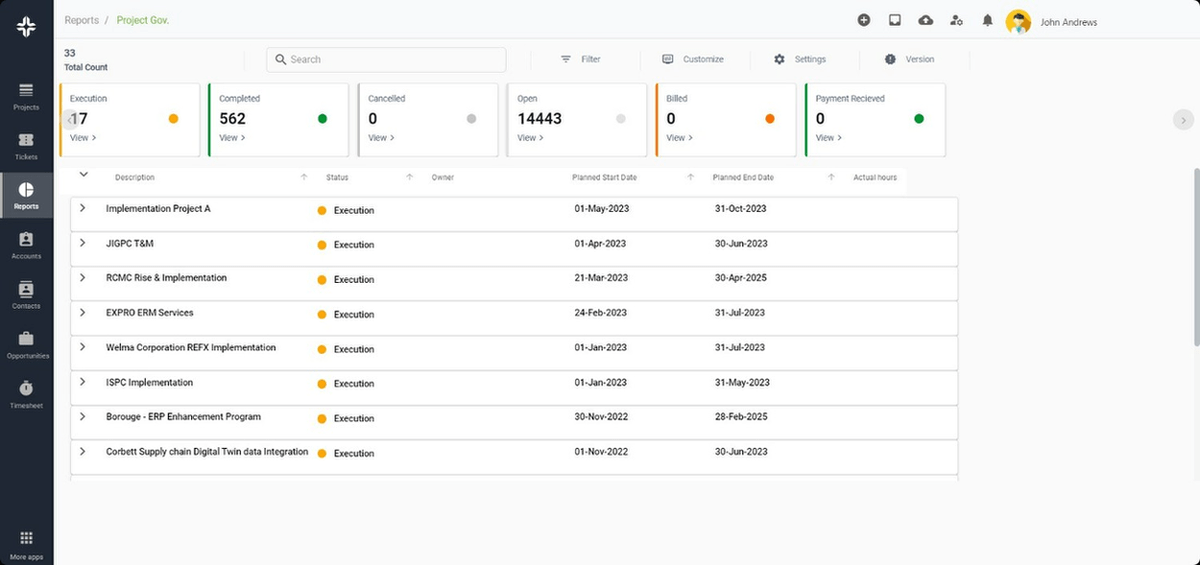Home » PSApedia
Disaster recovery plan testing success rate
Discover Disaster Recovery Plan Testing Success Rates. Improve Preparedness and Minimize Downtime.

What is Disaster Recovery Plan Testing?
Disaster Recovery Plan Testing (DRPT) is a crucial component of a company’s disaster recovery strategy. It involves simulating potential disaster scenarios to ensure that the recovery processes, tools, and teams are effective and can restore operations within an acceptable timeframe.
In the context of Professional Service Automation (PSA), DRPT ensures that the software tools and processes remain available and functional even after a catastrophic event.
Importance of Disaster Recovery Plan Testing
In today’s digital age, data is the backbone of many businesses. A significant data loss can lead to financial setbacks, loss of customer trust, and even business closure. DRPT ensures that:
1. Data Integrity: Ensures that data remains consistent, accurate, and trustworthy over its entire lifecycle.
2. Business Continuity: Ensures that essential business functions can continue during and after a disaster.
3. Customer Trust: Demonstrates to clients that their data is safe and that the business can recover quickly from unforeseen events.
4. Regulatory Compliance: Many industries have regulations requiring businesses to have disaster recovery plans in place. Regular testing ensures compliance with these regulations.

Importance of Disaster Recovery Plan Testing
Calculating the Success Rate
The success rate of a DRPT can be calculated using the following formula:
Success Rate = (Number of Successful Recovery Objectives/Total Recovery Objectives) × 100
Example:
Let’s say a company has 10 recovery objectives for its PSA software. After testing, 8 of these objectives were successfully met. Using the formula:
Success Rate=(8/10)×100=80%
This means the DRPT has an 80% success rate.
Disaster Recovery Plan Testing vs Other Recovery Methods
While DRPT is essential, there are other recovery methods to consider:
1. Backup and Restore: This method involves regularly backing up data and restoring it when needed. While it’s a fundamental process, it doesn’t guarantee the quick recovery of services like DRPT.
2. High Availability: Ensures that systems are always operational. However, it doesn’t necessarily protect against data loss.
3. Fault Tolerance: This method anticipates failures and has systems in place to handle them without interruption. While effective, it can be expensive.
| Aspect | Disaster Recovery Plan Testing | Backup and Restore |
|---|---|---|
| Scope | Evaluates the entire disaster recovery plan, including processes, communication, and procedures. | Primarily focused on data and system state backup and recovery. |
| Downtime Minimization | Aims to minimize downtime by refining the recovery plan and reducing the time it takes to recover systems and services. | Helps reduce downtime by restoring data and system configurations to a previous state. |
| Data Loss Minimization | Aims to minimize data loss through effective backup strategies and rapid recovery execution. | Data loss is typically limited to the time between the last backup and the failure occurrence. |
| Complexity and Resource Requirement | May require significant resources and planning for testing scenarios, often involving multiple teams. | Less resource-intensive in terms of regular backup creation, but may require additional resources for the restoration process. |
Application of Disaster Recovery Plan Testing
DRPT is not just about recovering data. It’s about ensuring that all systems, from finance to resource management, can be quickly restored. This includes:
1. Data Recovery: Ensuring that all data, from client details to project timelines, can be recovered.
2. Software Restoration: Ensuring tools like ticket management and deal management are operational.
3. Communication Channels: Ensuring that teams can communicate and collaborate effectively post-disaster.
Ready to Optimize Your Disaster Recovery Rate?
KEBS, a leading PSA software, offers robust features that can enhance a company’s disaster recovery strategy. With KEBS, you can access your PSA tools from anywhere, ensuring business continuity even if your primary location is compromised.
KEBS offers tools that ensure teams can collaborate effectively. Post-recovery, understanding what went wrong is essential. KEBS custom reporting can provide insights into the disaster and recovery process.

KEBS Reports
Ready to optimize your disaster recovery strategy? Contact KEBS today or request a demo to see how KEBS can enhance your disaster recovery plan.



